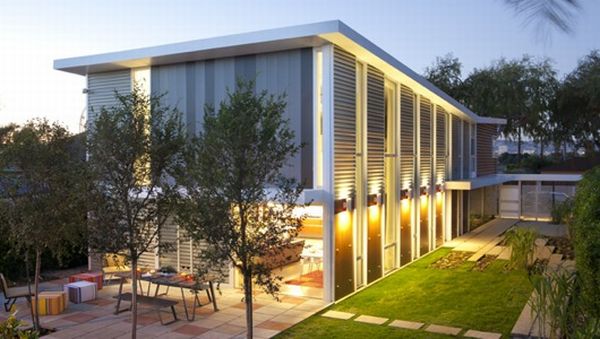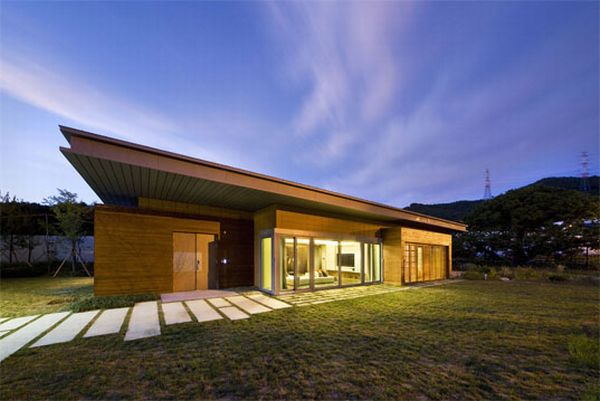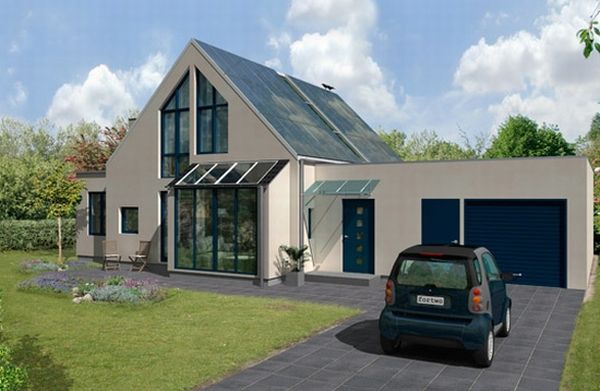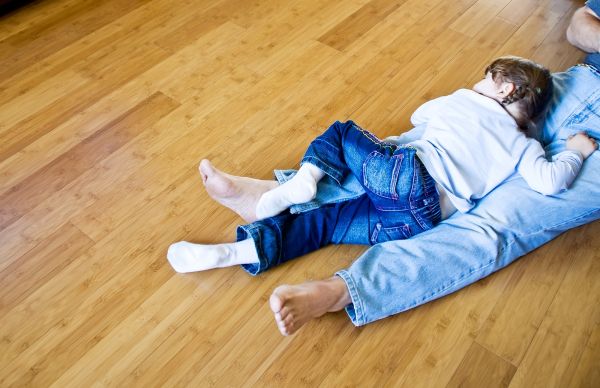
Today
There are many companies from Japan that are coming out with commercialized options for the general public for the Net Kaden systems that facilitate the electronic monitoring and control of homes by linking the systems with high-speed broadband networks and mobile phones. In the Net Kaden system, you can easily keep a tab on the kids while they are at home and can monitor whether there are trespassers or strangers outside the home as the system sends images to the user’s cell phone. The ‘Kaden’ means electrical device and Matsushita Electric Industrial Co. and Toshiba Corp. have joined hands to market the Net Kaden. Hitachi Ltd. is also planning to launch a similar system for the domestic market soon and Sony Corp is also developing a home server system that makes use of advance semiconductors.
Not far being is a Nippon Telegraph & Telephone Corp, that is making a cutting edge communication device for homes that would have 100 times faster high-precision broadcasting and multichannel facilities that would be incorporated in the Net Kaden. The process for making homes intelligent is becoming more and more advanced by the day. Toshiba has come out with refrigerators whose contents can be monitored from a distance with a mobile phone and the same with air conditioners. Sony has also introduced Aibo, a robotic dog that has the ability to take pictures of trespassers and then send them across to the users on their mobile phones. Now a lot of the home can be monitored with the help of a button on your mobile phone!
Tomorrow
A lot many people visualize living in smart and futuristic homes wherein there is a technical solution to opening and operating everything from a burglar alarm to opening a door. The toaster, the AC and even the room temperature can be controlled! However according to a few investigations carried out in the UK, it has been observed that the major worry of the consumers would be the advent of any malfunctioning of the equipment that would be a little difficult to correct. The people falling in the age group of 15-34 are the most interested in having a Smart Home whereas the disabled, aged and infirm would be least inclined. Around 70% of the interviewed people found Smart Homes very advantageous whereas others were a little apprehensive about the sophisticated device and working.
Another major concern would be affordability. However, there does seem to be a lack of promoting Smart homes in the construction segment as they lack the skilled workforce needed to implement the high-tech system. However, it does seem probably in the long run with the recent technological advancements to actually go back to a Smart Home after a hard day at work with the AC switched on a few minutes before you reach and the kettle heating your evening tea – what bliss it would be and you would also save on the energy wastage that normally occurs with these gadgets as they would turn off after doing the needful.
The Inspiration
Green awareness and consciousness is fast spreading and people are realizing the fact that they would have to come out with sustainable and clean options to sustain their houses. A lot of architects and builders are coming up with energy-efficient designs that not only produce their own clean energy but also supply the surplus to the electricity grid. There will come a day when all households will be responsible for managing the energy needs of their home in a clean, green and sustainable fashion!
Eco credentials
1. InVision Zero by Dow Chemical

The building blocks
The InvVision Zero is a net-zero sustainable home that has been built by the Dow Chemical Company in collaboration with Cobblestone Homes in Michigan. This house would be able to save $3,507 towards electricity bills and would also prevent its annual CO2 emissions amounting to 44,855 lbs!
Sustainability
The Vision Zero house would be constructed with a view to sustain the various comforts of a modern household by achieving a net zero utility bill. The home would be equipped with the latest in air-sealing and insulation products as well as the latest Solar Shingles by Dow that would produce enough electricity to power the entire house with surplus as well.
2. Green Tomorrow House by Samsung C&T

The building blocks
The Green Tomorrow is the new zero-energy house that is being developed by Samsung C&T that is constructed in Yongin, Gyeonggi. This house would be equipped with 68 energy generating and saving mechanisms that would not require electricity generated from fossil fuels at all.
Sustainability
This house would also leads to a reduction of energy usage by approximately 56% as the remaining power would be derived from solar energy via the 176 solar panels that are installed on the rooftop capable of generating 24MWh of electricity in a single year. The house also features a variety of energy saving mechanisms such as heat insulating boards, triple layer windows and lighting systems that save on energy consumption. The cost of building this house is however around twice the amount spent in building a regular house, but Samsung believes that the costs would eventually come down.
3. Villa Akarp

The building blocks
Villa Akarp looks like any modern home but that would be incorrect to say as this home has a roof that is lined with 32 meters of photovoltaic panels making it an energy saving/generating home. Furthermore, the residents of this amazing home can earn a bit as well by selling the extra electricity to the grid!
Sustainability
The Villa Akarp has been designed by Karin Adalberth in collaboration with E.ON and is built in Malmo, Sweden. The house has a lot of energy saving mechanisms in place including foam insulation, a 5.5 decimeter thick wall line and three-time glazed windows.
The hurdles
The growing cities and the burden on providing and catering to the energy needs of its citizens makes it imperative for the structures to become sustainable and green. However, such ambitious projects are often met with many barriers. Firstly, it is important to make the consumers aware of the benefits of having a sustainable home. Secondly, the technology must be made more affordable. Thirdly, the Government should intervene to promote the efficiency of these homes and ensure the people by subsidizing certain energy saving equipment.
Is it feasible?
A lot of companies are treading the green path and have come up with various smart solutions to building a net-zero home. However, the development and progress of this smart technology is a little slow, but it is slowly getting there. Google has come out with a software package called the Powermeter that would educate the households on the amount of energy expended by them in a month. Another company called PassivSystems is also working towards developing a smart home control mechanism with multiple sensors that would be quite expensive. A home can be made intelligent by incorporating a few energy saving solutions in the right places rather than making your life sophisticated with complicated gadgets. However, it is expected that households will gradually develop into energy-efficient, sustainable homes in the years to come




